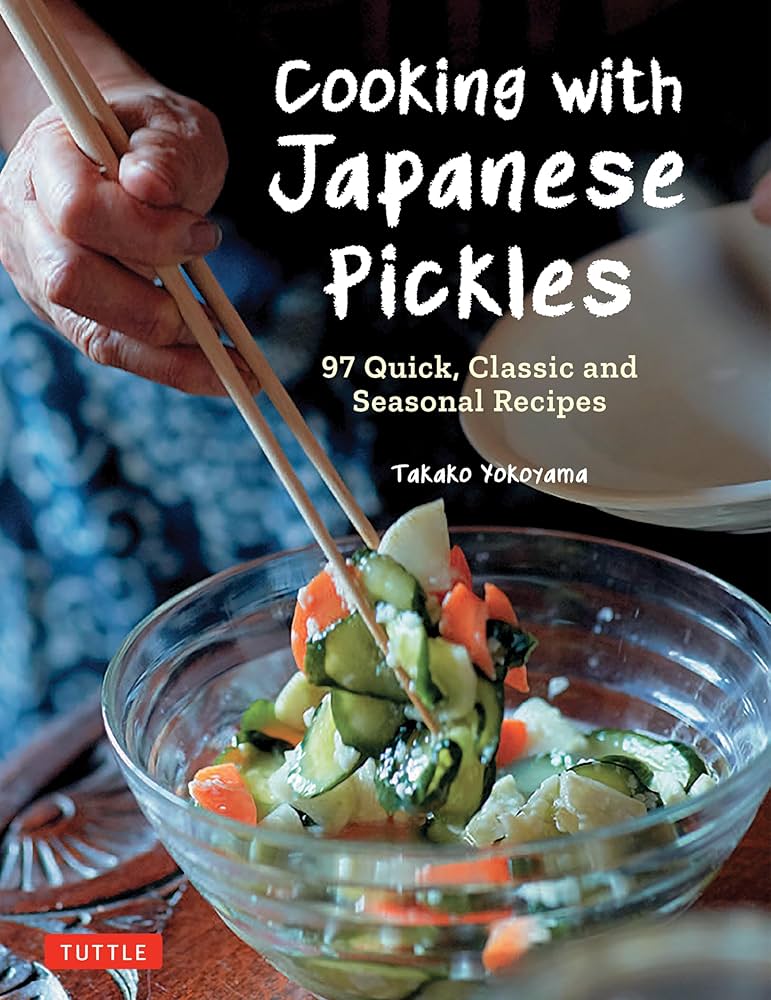Embracing the Art of Seasonal Pickling: Tips for the Enthusiast
As a passionate gardener and pickling enthusiast, I’ve learned that the art of preserving seasonal produce is not just about the final product but the entire journey—from seed to jar. Each season brings a new bounty of fruits and vegetables, creating an exciting opportunity to experiment with flavors. Whether you’re a seasoned pro or just starting your pickling adventure, there’s nothing quite like the satisfaction of transforming fresh produce into delicious jars of goodness.
Understanding the Seasons
The beauty of gardening lies in its rhythm, and understanding the seasons is essential for any pickling enthusiast. Each season presents unique ingredients ripe for pickling. In spring, tender vegetables like asparagus and baby carrots make for delightful, crisp pickles, while summer brings an abundance of cucumbers, tomatoes, and peppers.
Among my favorite summer memories are the weekends spent at local farmers’ markets, where the sun beats down as the vibrant colors of ripe produce beckon. I often fill my basket with fresh cucumbers, fragrant dill, and colorful heirloom tomatoes, all waiting to become part of my next pickling project.
Fresh cucumbers and dill ready for pickling
The Basics of Pickling
Before diving into the specifics of the season, let’s revisit the fundamental techniques that make pickling possible. The process typically involves brining—or soaking produce in a solution of vinegar, water, and salt—followed by either hot packing or cold packing the jars.
Hot packing is my personal favorite for robust products like green beans and beets, while cold packing works wonders for more delicate items like radishes. The choice ultimately depends on the texture and flavor you wish to achieve.
But there’s more! Experimenting with spices and herbs—coriander seeds, mustard seeds, red pepper flakes, or even a touch of honey—can transform a simple dill pickle into something extraordinary. My successful foray into flavored pickling began when I added garlic and peppercorns into a batch of green beans; the result was a flavorful addition to salads all summer long.
“The essence of pickling lies in the balance—finding that perfect combination of sweet, salty, and tangy that dances on your palate.”
Timing is Everything
Knowing when to harvest is just as crucial as knowing what to pickle. Timing can significantly influence the flavor and texture of your produce. Many vegetables are best when picked in the morning, ensuring they are at their freshest. I find that spending a little extra time in the garden during the early hours pays dividends later in the kitchen.
Summer is also the prime time to experiment with combinations. This year, a serendipitous harvest of cherry tomatoes and basil inspired a wonderful sweet pickle. I cooked them down with sugar and vinegar, creating syrupy perfection that brightened sandwiches and antipasto platters.
Seasonal produce harvested at its peak
Creative Pickling Ideas for Fall
As the leaves begin to change, I turn my attention to autumn’s offerings. Fall is the season for heartier vegetables; think squash, onions, and even apples. One of my most successful pickling ventures included pickled butternut squash combined with apple cider vinegar, cinnamon, and cloves—perfect for a winter cheeseboard.
Incorporating fruits into your pickling venture can also yield rewards. Think along the lines of spicy pickled pears that make a fantastic accompaniment to meats and cheeses during holiday gatherings. Each jar becomes a conversation starter that showcases your culinary creativity.
Essential Tools for Pickling
Stocking your kitchen with essential tools can make the pickling process seamless. A good-quality canner, a funnel, and canning jars are just the beginning. A set of jar lifters and a bubble remover can save you time and the inevitable mess when transferring hot jars from pot to counter.
I also recommend labelling jars with the date and contents. It’s easy to forget what delightful concoction is hiding inside, especially if you’re making various flavors. Having a stocked pantry filled with colorful pickles is not only appealing but immensely satisfying.
Essential canning tools for successful pickling
Join the Pickling Community
Finally, remember that the pickling journey doesn’t have to be one you take alone. Dormant social media groups and community workshops are a treasure trove of knowledge. Sharing ideas and recipes within these communities can lead to new twists on old classics and introduce you to the delightful world of ferments and preserves. I’ve found that exchanging jars with fellow enthusiasts can spark inspiration and lead to unexpected flavor combinations.
In conclusion, the world of pickling is vast and inviting. By harnessing the seasons, experimenting with flavors, and engaging with fellow picklers, you can turn simple produce into gourmet items worthy of any table. So grab those jars, let your creativity flow, and dive into the vibrant world of seasonal pickling today!


 Photo by
Photo by 












